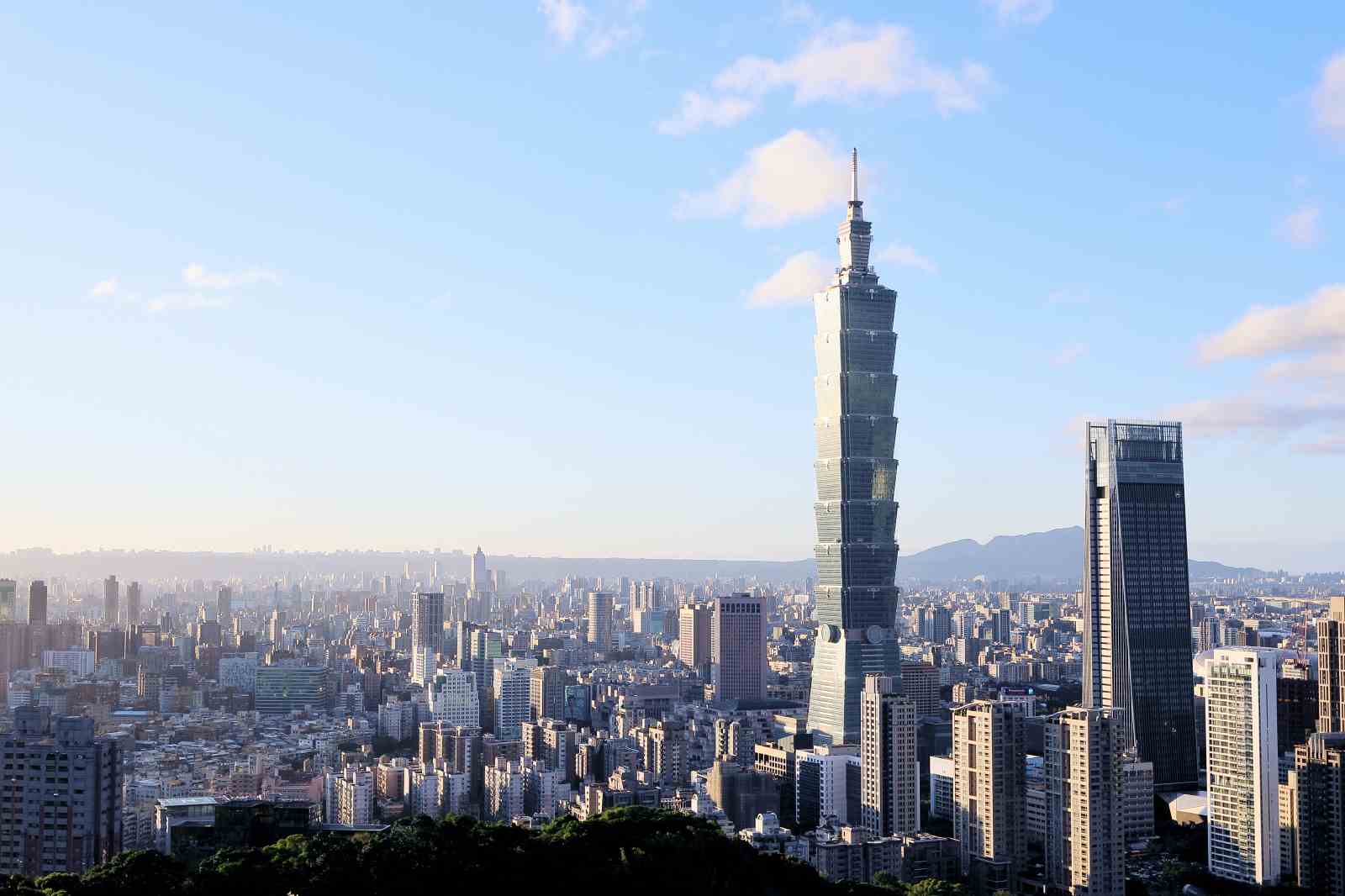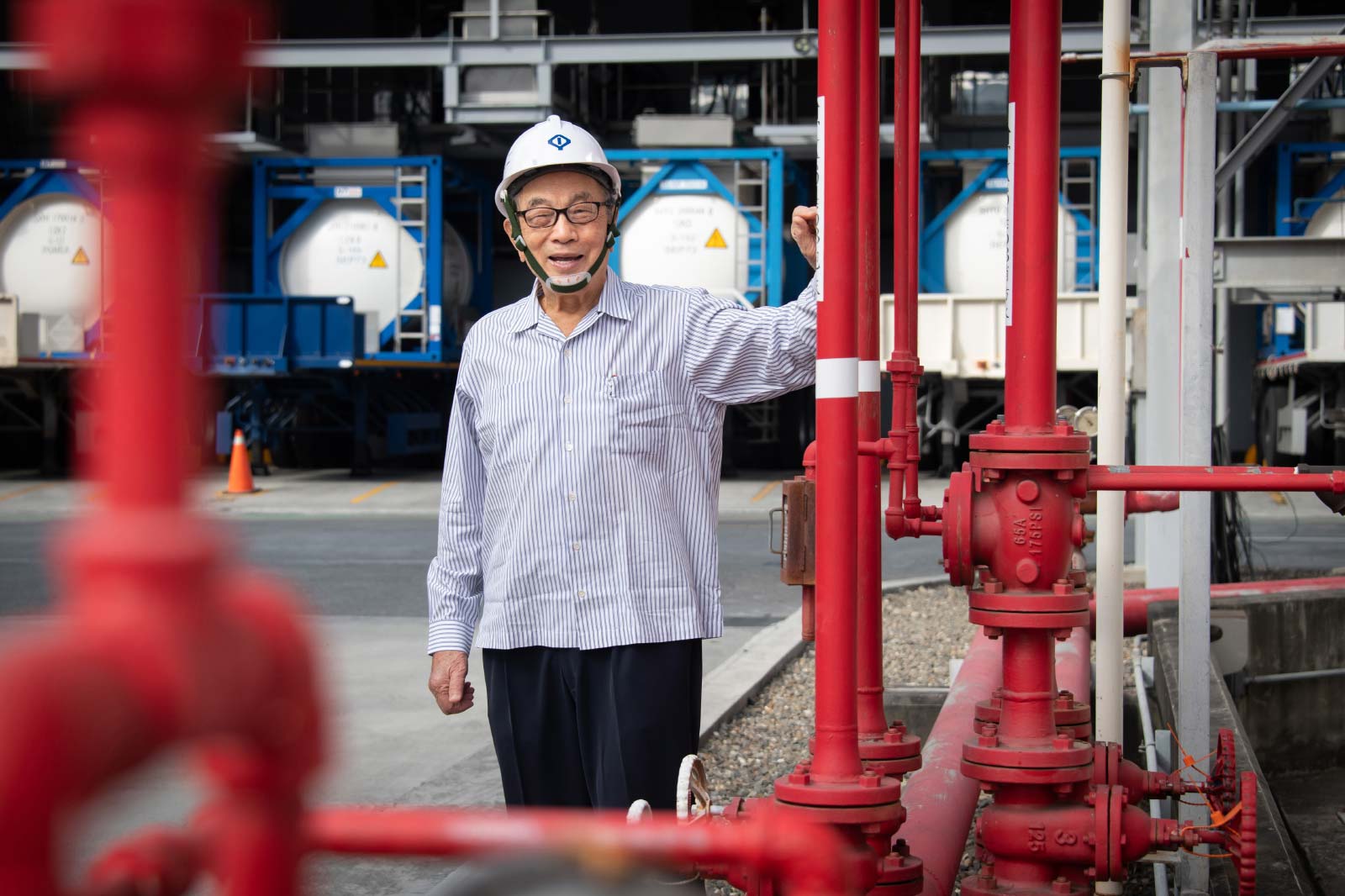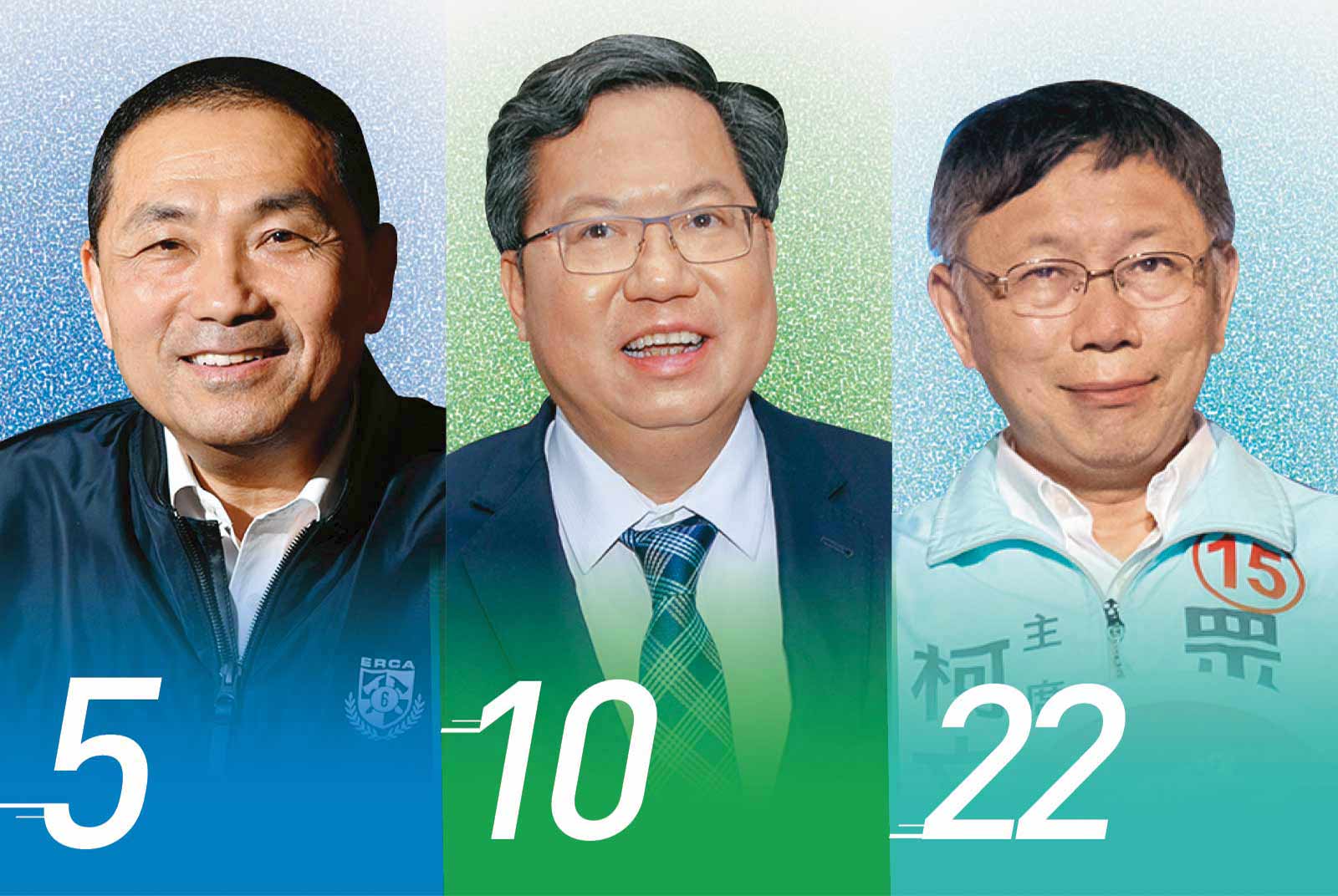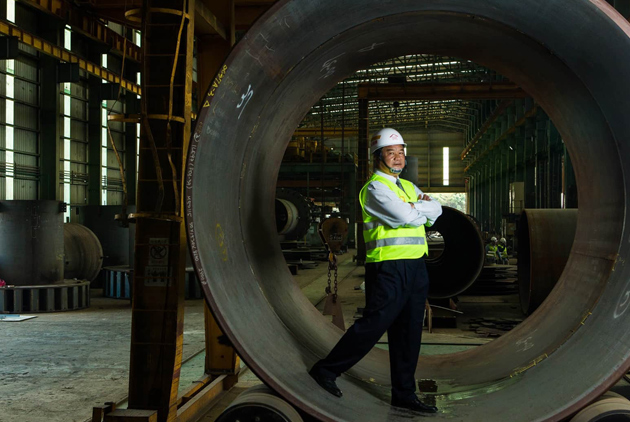Far Eastern New Century Corporation
Water-free Dyeing Puts Taoyuan on the World Map

Source:DyeCoo
The textile industry is notorious for using vast amounts of water throughout its milling processes, putting an enormous strain on the planet’s dwindling water resources. But Far Eastern New Century Corp. has had the foresight to invest in a novel “water-free dyeing” technique, saving resources and cutting costs.
Views
Water-free Dyeing Puts Taoyuan on the World Map
By Kai-yuan TengFrom CommonWealth Magazine (vol. 629 )
Dyeing houses are usually hot, wet places with floors soiled by wastewater. Could such an operation become as spotless as a clean room?
Five years ago, Far Eastern New Century teamed up with sportswear brand Nike and Dutch process engineering company DyeCoo Textile Systems B.V. to install novel, water-free dyeing equipment at its Taoyuan factory. The equipment, which uses carbon dioxide as a dyeing medium instead of water, was the first of its kind in Taiwan, and Far Eastern New Century is only the second textile company worldwide to adopt water-free dyeing. The new technology not only keeps the dye shop meticulously clean but also saves on energy and curbs pollution.
As a result, Far Eastern New Century scored high in terms of environmental sustainability in the latest CommonWealth Magazine Corporate Social Responsibility Awards, grabbing an overall rank 16 in the large enterprise grouping.
The new technology tested, fine-tuned and brought to industrial scale through this collaboration among companies from the Netherlands, Taiwan and the United States is called “water-free dyeing”. Nike CEO Mark Parker has publicly described the water-free dyeing technique as a manufacturing revolution.
It is revolutionary because humans have used water to dye fabrics for more than 2,000 years. However, today water is an increasingly scarce resource that needs to be conserved. In order to avoid being branded as polluters, international brands and the textile industry have been looking for new, sustainable dyeing techniques that do not harm the environment.
In the DyeCoo process, pressurized carbon dioxide becomes a supercritical fluid, where no distinct liquid and gas phases exist. In this state, CO2 is a highly effective solvent that can permeate synthetic fabrics and deliver the dyes deep into fibers.
Replacing water with CO2 in the dyeing process has various advantages. The technology requires no water and no process chemicals and therefore does not produce wastewater. Since it is a dry process, the working conditions in dye houses can be improved dramatically.
In conventional bath dyeing, about 100 to 180 liters of water and 0.2 kilograms of process chemicals are needed to dye one kilogram of fabric. As CO2 dyeing uses neither water nor process chemicals, it also brings down dye consumption, requiring about one third of the quantity used in conventional processes.
On top of that, not even the CO2 used in the process goes to waste. Kasper Nossent, managing director at DyeCoo Asia, notes that used CO2 is reclaimed from the industrial processes. After impurities have been removed, 95 percent of the CO2 is recycled. While plant erection costs are higher than for conventional processes, operating costs are 40 percent lower thanks to savings on water, dyestuffs and process chemicals.
Moreover, the wet, dirty and messy environment due to large amounts of wastewater can be consigned to history. “When you use gases for dyeing, the dyeing mill more resembles a clean room and not a conventional dye shop,” notes Nossent.
Thousands of Trials to Fine-tune the Process
Using new technologies and new processes not only requires investment but also the readiness to face massive challenges: The water-free process needed to be fine-tuned and optimized so that it delivers fabrics of exactly the same appearance, feel and color fastness as the conventional one.
Far Eastern New Century officials say it took four years and more than 6,000 field tests to get the process right.
Yet investing in environmentally friendly equipment pays off in that it strengthens the strategic partnerships Taiwanese manufacturers have forged with international brands.
As Nossent points out, global brands face the problems of sustainability and environmental protection. When companies have the foresight to take the lead by investing in environmentally friendly technologies, they will make themselves more valuable in the supply chain.
In June of this year, Far Eastern New Century procured its second set of water-free dyeing equipment to increase its output of water-less dyed fabrics. A company official notes, “We hope that more companies get involved to conserve large amounts of water that are used in the dyeing process. Only when this happens can we realize our goal of curbing environmental pollution caused by waste water from dyeing mills.”
Translated from the Chinese by Susanne Ganz






